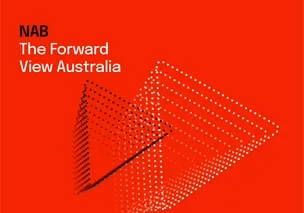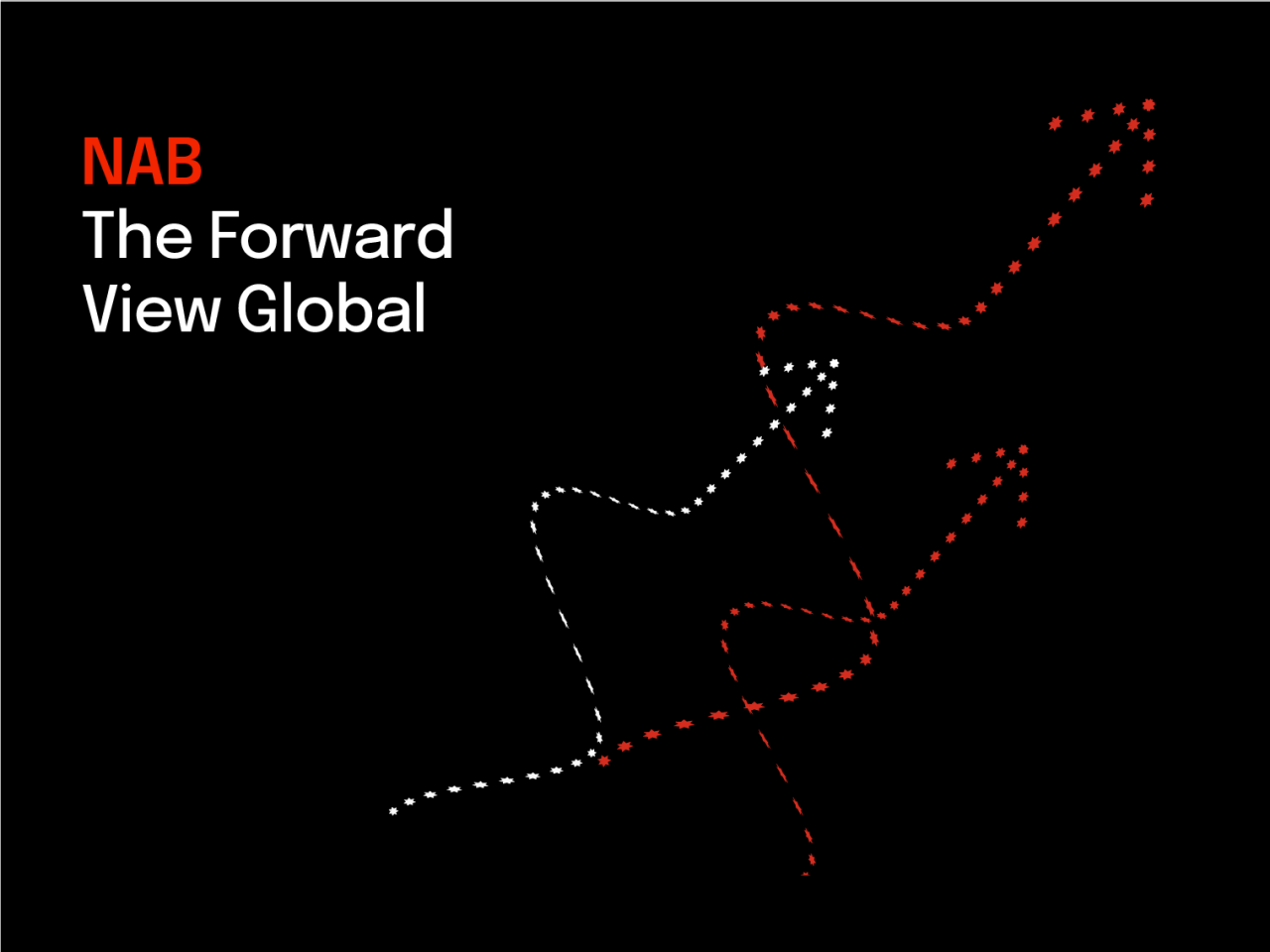17 September 2025
Goldilocks Glow
September 9, 2025
Business conditions rose 2 points in August and now sit around their long run average level. The improvement in August reflected gains in employment and profitability, while trading conditions remained flat relative to the prior month. While business confidence fell 3 points in August, this follows four consecutive months of improving sentiment and leaves confidence also close to long run average levels. Forward orders again rose, continuing the upward trend evident over the past year. The series is now in positive territory for the first time in two years. Cyclically sensitive sectors such as manufacturing and retail both registered improvement in confidence and conditions (in trend terms). And while conditions and confidence are strongest in Queensland, they are also now both positive in Victoria. Capacity utilisation, already at an above average level, lifted in the month and reflects continued tightness in the supply/demand balance. However, measures of costs and prices in August moderated slightly. Purchase costs in August grew at their slowest pace since 2021, while labour costs and product price growth have broadly tracked sideways in recent months. Overall, the survey supports the view that the business outlook has become more positive in recent months, consistent with a better tone to official economic data of late.
Business conditions rose 2pts in August driven by gains in profitability and employment. Employment conditions are above their long run average while both trading and profitability subcomponents sit close to their averages.
“The August survey result gives us confidence in our view that the outlook for businesses continues to improve” said NAB Chief Economist Sally Auld. “Both business confidence and conditions have normalised and are around their long-run averages”.
Both business conditions and confidence in Victoria were positive in trend terms for the first time since May 2024. Business conditions in trend terms either improved or remained steady across all states, with the largest gains occurring in South Australia and Western Australia. In trend terms, most industries saw an improvement in conditions, including manufacturing and retail.
“Regions and industries in the economy which have faced headwinds in recent years have showed positive signs in recent months, adding to our confidence that the broader economy is on a better trajectory in the second half of the year”.
Forward orders in trend terms reached their highest level since May 2023 and now sit around their long run average. Cash flow rose, in trend terms, for its third consecutive month and is also now around its long run average.
Capacity utilisation rose to 83.1%, to be above the long run average by 2ppts, while capex increased 2pts to +10 index points. Purchase cost growth eased to 1.1% in quarterly equivalent terms, while labour cost growth slowed to 1.5% and product price growth edged down to 0.6%.
“Capacity utilisation remains above average suggesting continued tightness in the supply/demand balance. That said, measures of costs and prices moderated in August, including purchase cost growth which fell to its lowest level since 2021.”
“Overall, the survey supports the view that the business outlook has become more positive in recent months, consistent with a better tone to official economic data of late.”


INSIGHT
18 September 2025
The Fed restarts the easing cycle